International
The Doha Agreement: The Pact that Handed Kabul to the Taliban and China
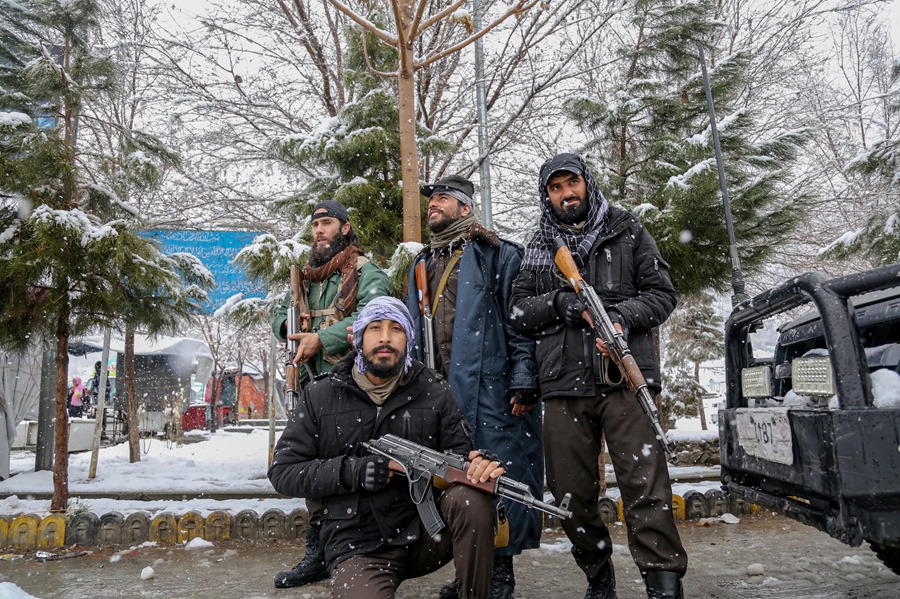
On the fourth anniversary of the Doha Agreement (2020), signed between the United States government and the Afghan Taliban, the pact continues to be viewed as one of Washington’s major mistakes in Afghanistan, resulting in the empowerment of the armed movement and the loss of influence in a territory now being reclaimed by China.
Earlier this month, when United Nations Secretary-General António Guterres convened a meeting in Doha with international representatives and the de facto Taliban government, the fundamentalists refused to participate, setting conditions and demonstrating their control over the negotiations.
“If this (the agreement and the outcome of Doha) is fine, then what were the last twenty years of war for? The United States intentionally handed Afghanistan over to an extremist group despite the presence of hundreds of thousands of soldiers from the national army and the sacrifices of the Afghan people,” questioned analyst Abdul Haleem Nasiri.
Void of Interests
The gap continues to widen between Western interests and Afghanistan, as the Doha Agreement not only hastened the downfall of the democratic government but also opened the door to a ‘de-Westernization’ of Central Asia.
For neighboring countries like China, with a 92-kilometer border with Afghanistan, communication with the new order in Kabul is essential for security and maintaining a connection with Central and Southern Asia.
“China has never rejected Afghanistan as a neighboring country and needs to have a close relationship as they did during the twenty years of the previous government,” said political expert Abdul Jabbar Akbari to EFE, adding that the growing relationship between Beijing and Kabul “could create a headache for US policies in Central Asia.”
China’s Reconquest
Since the return to power of the Taliban in August 2021, China has made several diplomatic gestures, and on January 31, its president, Xi Jinping, received credentials from Taliban spokesman Bilal Karimi, who was until recently the group’s deputy spokesperson.
China thus became the first country to officially accredit an Afghan ambassador, despite the Taliban not having recognition from the international community.
“That China accepted the Taliban ambassador is both paradoxical and transactional, to safeguard its interest in Afghanistan’s mines and lithium and to keep the Taliban happy as potential future allies,” explained analyst Abdul Haleem Nasiri to EFE.
China is also “being cautious,” warns the analyst, referring to Beijing’s possible doubts that the Taliban have some discreet alliance with the US, so it would have to “handle both sides carefully,” Nasiri added.
Qian Feng, an academic researcher at the National Strategic Institute of Tsinghua University and the Taihe Institute, explained to EFE that for Beijing, the priority is “security” and that the Taliban take “decisive measures against all terrorist forces” and “ensure the viability of China’s projects.”
“Afghanistan cannot once again become a refuge and breeding ground for terrorism,” he asserted.
Beijing Bets on Stability
China, critical of the United States’ role, emphasizes its opposition to foreign intervention in Afghanistan and, according to Qian, seeks to develop “strong” relations based on cooperation that, in the medium term, lead to negotiations to establish diplomatic relations.
China is betting on economic prosperity and political stability to prevent “turbulence” and ensure a favorable external environment for trade, the expert considers.
“It must be said that since this Taliban government took power, violence has decreased, security has improved, and efforts have been made to combat the illegal cultivation, production, and trade of drugs. They are also improving in terms of building an open political structure and protecting minorities, at least compared to their previous mandate,” the academic affirmed.
Beijing also seeks to protect its investment projects in Central Asia and prevent the spread of regional terrorism following the withdrawal of US troops.
Analysts have also highlighted China’s interest in Afghanistan’s natural resources, including oil, lithium deposits, or rare earths – vital elements for the development and production of technologies like electric vehicle batteries – whose value is estimated at nearly a trillion dollars.
International
Colombia says it would not reject Maduro asylum request as regional tensions escalate
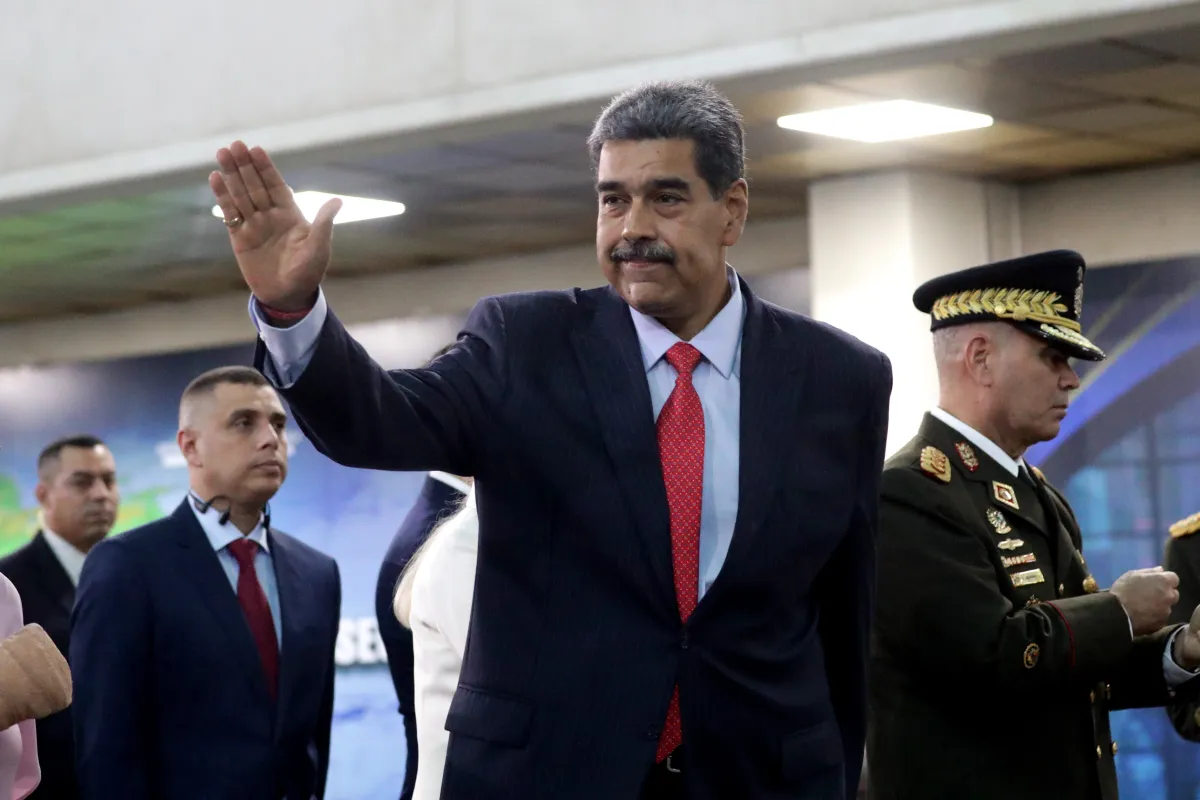
The Colombian government stated on Thursday that it would have no reason to reject a potential asylum request from Venezuelan President Nicolás Maduro should he leave office, as regional tensions persist over the deployment of U.S. military forces in the Caribbean since August.
“In the current climate of tension, negotiations are necessary, and if the United States demands a transition or political change, that is something to be assessed. If such a transition results in him (Maduro) needing to live elsewhere or seek protection, Colombia would have no reason to deny it,” said Colombian Foreign Minister Rosa Villavicencio in an interview with Caracol Radio.
However, Villavicencio noted that it is unlikely Maduro would choose Colombia as a refuge. “I believe he would opt for someplace more distant and calmer,” she added.
Colombian President Gustavo Petro also commented on Venezuela’s situation on Wednesday, arguing that the country needs a “democratic revolution” rather than “inefficient repression.” His remarks followed the recent detention and passport cancellation of Cardinal Baltazar Porras at the Caracas airport.
“The Maduro government must understand that responding to external aggression requires more than military preparations; it requires a democratic revolution. A country is defended with more democracy, not more inefficient repression,” Petro wrote on X (formerly Twitter), in a rare public criticism of the Venezuelan leader.
Petro also called for a general amnesty for political opponents and reiterated his call for forming a broad transitional government to address Venezuela’s prolonged crisis.
Since September, U.S. military forces have destroyed more than 20 vessels allegedly carrying drugs in Caribbean and Pacific waters near Venezuela and Colombia, resulting in over 80 deaths.
U.S. President Donald Trump has repeatedly warned that attacks “inside Venezuela” will begin “soon,” while Maduro has urged Venezuelans to prepare for what he describes as an impending external aggression.
International
Cuba battles out-of-control dengue and chikungunya epidemic as death toll rises to 44

Cuba is facing a severe dengue and chikungunya epidemic that has already claimed at least 44 lives, including 29 minors, according to the Ministry of Public Health (Minsap). The outbreak—now considered out of control—has expanded across the entire country amid a critical shortage of resources to confront the emergency.
Authorities report more than 42,000 chikungunya infections and at least 26,000 dengue cases, though they acknowledge significant underreporting as many patients avoid seeking care in health centers where medicines, supplies, and medical personnel are scarce. The first cluster was detected in July in the city of Matanzas, but the government did not officially use the term “epidemic” until November 12.
Chikungunya—virtually unknown on the island until this year—causes high fever, rashes, fatigue, and severe joint pain that can last for months, leaving thousands temporarily incapacitated. Dengue, endemic to the region, triggers fever, muscle pain, vomiting, and, in severe cases, internal bleeding. Cuba currently has no vaccines available for either virus.
Minsap reports that of the 44 deaths recorded so far, 28 were caused by chikungunya and 16 by dengue.
The health crisis unfolds amid deep economic deterioration, marked by the absence of fumigation campaigns, uncollected garbage, and shortages of medical supplies—conditions that have fueled the spread of the Aedes aegypti mosquito, the primary vector for both diseases. “The healthcare system is overwhelmed,” non-official medical sources acknowledge.
Beyond the health impact, the epidemic is heavily disrupting economic and family life. The intense joint pain caused by chikungunya has led to widespread work absences, while hospital overcrowding has forced relatives to leave their jobs to care for the sick. In November, authorities launched a clinical trial using the Cuban drug Jusvinza to reduce joint pain, though results have not yet been released.
International
Ecuador on track for record violence as homicides hit highest level in Latin America again
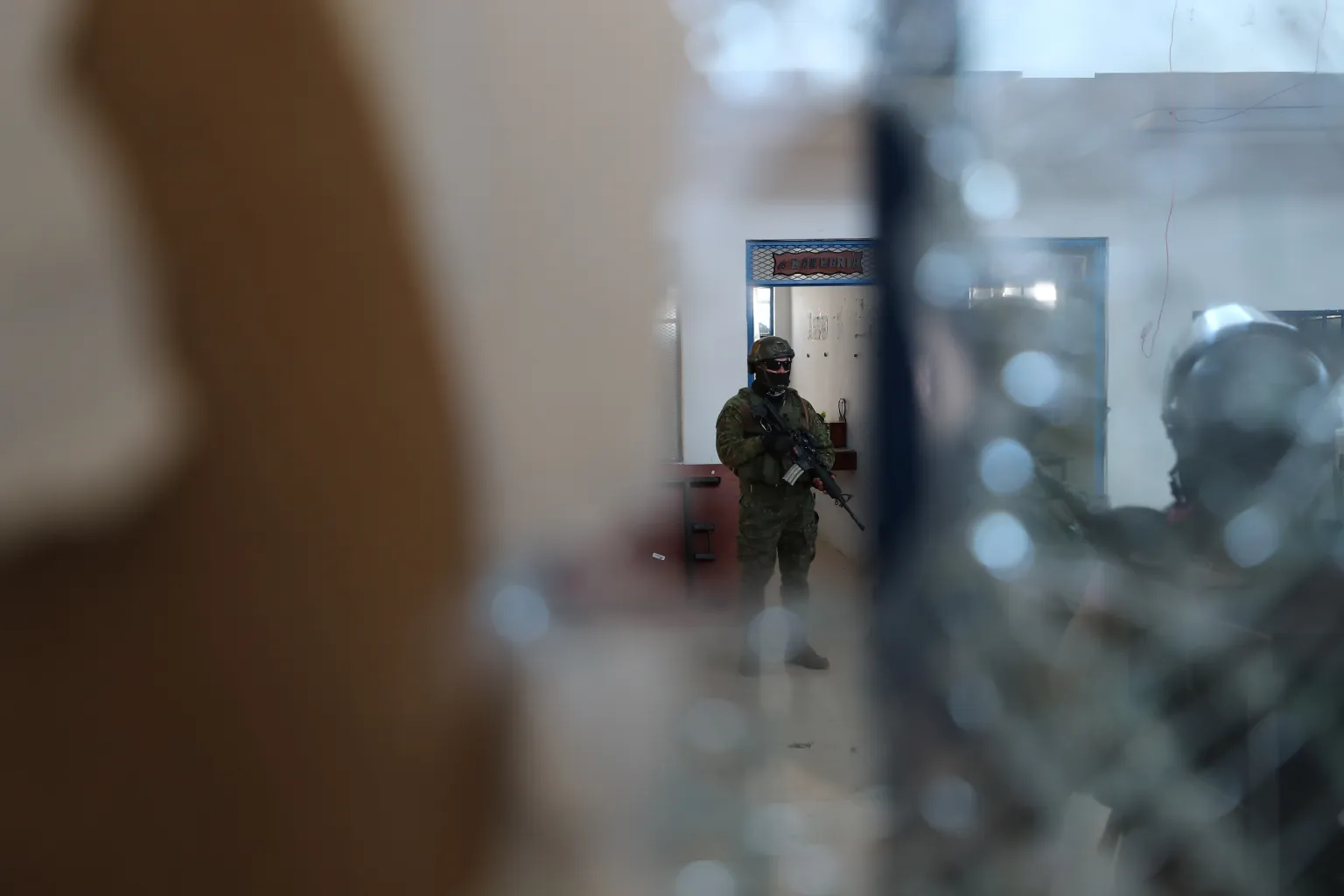
Violence in Ecuador is expected to reach historic levels by the end of 2025, with the country set to record the highest homicide rate in Latin America for the third consecutive year, according to a report released Thursday by the Armed Conflict Location & Event Data Project (ACLED). The organization warns that criminal activity is not only persisting but could worsen in 2026.
Official figures show 7,553 homicides recorded through October, surpassing the 7,063 registered throughout all of 2024. ACLED estimates that 71% of the population was exposed to violent incidents this year, despite President Daniel Noboa’s declaration of an “internal armed conflict” in an attempt to confront powerful criminal groups.
According to the report, several factors are driving the deterioration of security: a territorial war between Los Chonerosand Los Lobos, the two most influential criminal organizations in the country; the fragmentation of other groups after the fall of their leaders; and Ecuador’s expanding role as a strategic hub for regional drug trafficking.
Since 2021, violence has forced the internal displacement of around 132,000 people, while more than 400,000 Ecuadorians — equivalent to 2% of the population — have left the country. Between January and November alone, violent deaths rose 42%, fueled by prison massacres and clashes between rival gangs.
The report warns that conditions may deteriorate further. Ecuador has been added to ACLED’s 2026 Conflict Watchlist, which highlights regions at risk of escalating violence. The expansion of Colombian armed groups such as FARC dissidents and the ELN, state weakness, and a potential rerouting of drug trafficking corridors from the Caribbean to the Pacific intensify the threat.
“The president is facing a wave of violence that shows no signs of easing,” the report concludes.
-

 International3 days ago
International3 days agoMexico City prepares for 13 million pilgrims at Basilica of Guadalupe
-
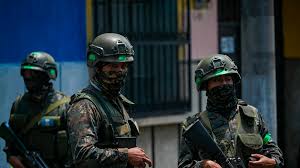
 Central America4 days ago
Central America4 days agoGuatemalan soldier wounded in clash with suspected mexican armed group near border
-
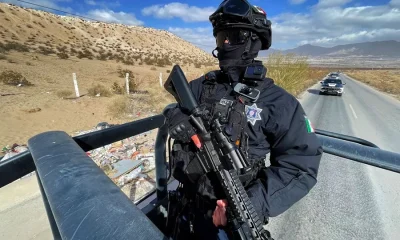
 Central America3 days ago
Central America3 days agoMexico and Guatemala launch joint security operation after Agua Zarca border attack
-

 Central America4 days ago
Central America4 days agoGuatemala reverses asset seizures after judge replacement, benefiting ex-president and former ministers
-
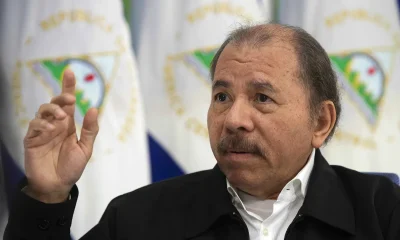
 Central America3 days ago
Central America3 days agoU.S. accuses Ortega regime of systematic human rights abuses in Nicaragua
-
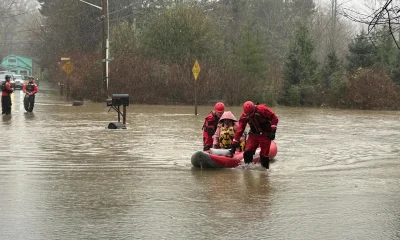
 International2 days ago
International2 days agoWashington declares State of Emergency as atmospheric river brings severe flooding
-

 International2 days ago
International2 days agoU.S. to require five-year social media history from tourists under Visa Waiver Program
-

 Central America3 days ago
Central America3 days agoHonduras’ electoral chief reports ongoing technical issues but says results remain intact
-
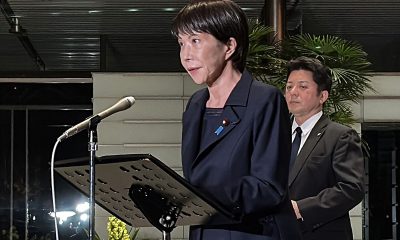
 International4 days ago
International4 days agoJapan lifts tsunami alert after strong 7.6-magnitude earthquake hits northern coast
-

 Central America3 days ago
Central America3 days agoU.S. finds no evidence of fraud in Honduras election despite delays
-

 Central America3 days ago
Central America3 days agoHonduran University: Nullifying elections without proof of fraud undermines popular sovereignty
-

 International4 days ago
International4 days agoInterior Dept. redefines 2026 Patriotic Days, sparking criticism over removed civil rights holidays
-

 Central America3 days ago
Central America3 days agoCNA director says Libre’s defeat stems from “lack of substance,” not messaging
-

 Central America2 days ago
Central America2 days agoOAS and EU urge honduran political actors to respect vote results and avoid unrest
-

 International16 hours ago
International16 hours agoCuba battles out-of-control dengue and chikungunya epidemic as death toll rises to 44
-

 International3 days ago
International3 days agoZelensky meets Pope Leo XIV as review of U.S. peace plan continues
-
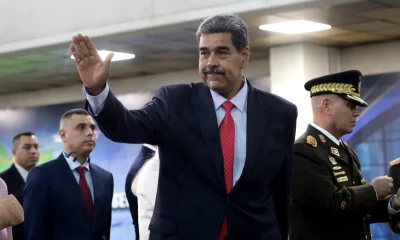
 International16 hours ago
International16 hours agoColombia says it would not reject Maduro asylum request as regional tensions escalate
-

 Central America16 hours ago
Central America16 hours agoHonduras election crisis deepens as CNE president denounces intimidation attempts
-
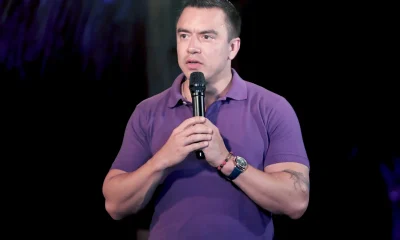
 International2 days ago
International2 days agoSix ecuadorian soldiers jailed pending trial for alleged extrajudicial execution
-
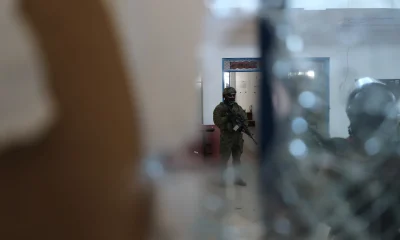
 International16 hours ago
International16 hours agoEcuador on track for record violence as homicides hit highest level in Latin America again


























